How Vagrant boxes can help your development workflow: Nim edition
Vagrant lets you set up an ethereal environment for your project - destroy it, make it bug out, and just rebuild it. Ideal for development and testing! Let's set it up now and run Nimbus and Nim's Beacon Chain!

This process will help you not only run and develop modern Nim code, but will also let you run Nimbus and the nim-beacon-chain without installing a bunch of packages and tools globally across your whole OS - regardless of which one it is. This procedure works on any machine equally well.
If you're not familiar with the concept of virtual boxes or Vagrant, this explainer will help. Let's begin.
Prerequisites
You'll need Git installed, and a reasonably good command line interface. On Windows, the Cmder tool will be quite alright. On OS X / Linux, the native Terminal should do. Then...
Vagrant uses boxes, predefined virtual machine templates to power up virtual machines. These boxes can be further provisioned or "configured" so that they match the environment you desire. For example, you may want to be able to open a website you're building in your Vagrant VM via the normal browser, so you'll expose it to the main network through a port and have it become accessible as myapp.test in your browser.
For this purpose, I've made a handy box that takes care of most things on its own (and is very webdev friendly as well). In the console / terminal, clone the box setup like so:
git clone https://github.com/status-im/nim-vagrant nimbox; cd nimbox
./bin/folderfix.sh
The first command clones the "recipe". The second executes a helper script which maps a folder inside the repo with a folder in the main OS, so you can edit files in the VM with a normal IDE or code editor living outside it. The Code folder inside the VM will match the root folder of this project. You can do this manually as well, this is just a shortcut script.
The nim-vagrant box comes with a lot of tools pre-installed - you can learn about them here - but it also comes with the latest version of Nim, and RocksDB pre-installed.
A note on Windows performance
If on Windows, please consider the following performance optimization: install the vagrant-winnfsd plugin by running vagrant plugin install vagrant-winnfsd. Then, enter the file Homestead.yaml with a text editor of your choice, and modify the folders block by adding a type: "nfs" value to it:_
folders:
- map: PATH_TO_THIS_FOLDER_BOX_ON_HOST_OS
to: /home/vagrant/Code
type: "nfs" # <--- this is new
This makes Vagrant use NFS for file system sharing which can be much faster than the default. The plugin helps maintain file and folder permissions across the nested operating systems.
If you end up needing more performance, try upping the RAM and CPU dedicated to this VM by modifying the values at the top of Homestead.yaml.
Next, we'll execute:
vagrant up
This boots up the virtual machine. The vagrant up command executes the provisioning process which installs some prerequisite software, which shouldn't take long. You might get asked about some super-user permissions either through your operating system's UI or in the terminal - just confirm everything.
You can now enter the VM with the command vagrant ssh. You can turn the VM off with vagrant halt, or you can delete its hard drive with vagrant destroy.
Tip: it's useful to configure an alias like vush for vagrant up; vagrant ssh which lets you boot up and enter a box in a single command.
Nim
Once inside the VM, we can check the version of Nim that the provisioning process installed.
vagrant@homestead:~$ nim --version
Nim Compiler Version 0.19.0 [Linux: amd64]
Compiled at 2018-09-26
Copyright (c) 2006-2018 by Andreas Rumpf
git hash: f6c5c636bb1a1f4e1301ae0ba5a8afecef439132
active boot switches: -d:release
Nimbus and Beacon Chain
In the VM (vagrant ssh), to try out Nimbus:
git clone https://github.com/status-im/nimbus
cd nimbus
make update
make test
This should first produce some successful test output.
To run Nimbus, execute nimbus/nimbus. Depending on its current state of development (constantly in flux), it might work up to block 1.2 million or so.
To get started with Nim-beacon-chain, in the same folder run:
make eth2_network_simulation
To learn more about what this simulation is, read our development updates and the simulation intro. In a nutshell, the sim runs some validators and beacon nodes and builds its own local testnet - a local beacon blockchain. We're currently looking for testers for this aspect of development!
Congrats! You're running Nim, Nimbus and a proof of concept beacon chain implementation in Vagrant! Now you're ready to file bugs and contribute to the projects!
Obvious Questions
Why not Docker?
Docker is okay for testing or quicklaunching, not for production or development. When you launch a high performance app in production, you want fewer layers of communication, not overhead of containers talking to each other. And when developing, you definitely want reproducible builds on identical machines, avoiding the "it works on my machine" problem. Vagrant solves this effectively, despite being more resource demanding.
That said, we will be offering Docker boxes too.
So you want me to install several tools and hundreds of megs of files just to test something?
Yes, but the sacrifice is well worth it. By installing Vagrant and Virtualbox, you're actually setting yourself up long-term with a clean computer.
Installing software on *nix in general is like placing a Lego castle into a room and shooting it with a shotgun. Blocks everywhere. Wouldn't it be easier if we could put a wall around the castle and catch the pieces? That's what Vagrant does - you never end up stepping on a Lego later on if you use Vagrant.
What's more, you can use this same box for any other programming you need to do.

